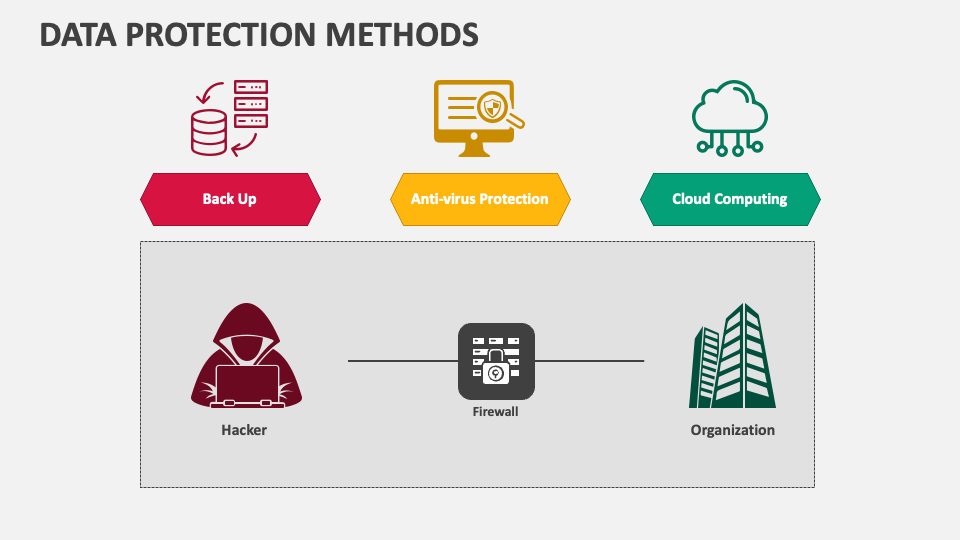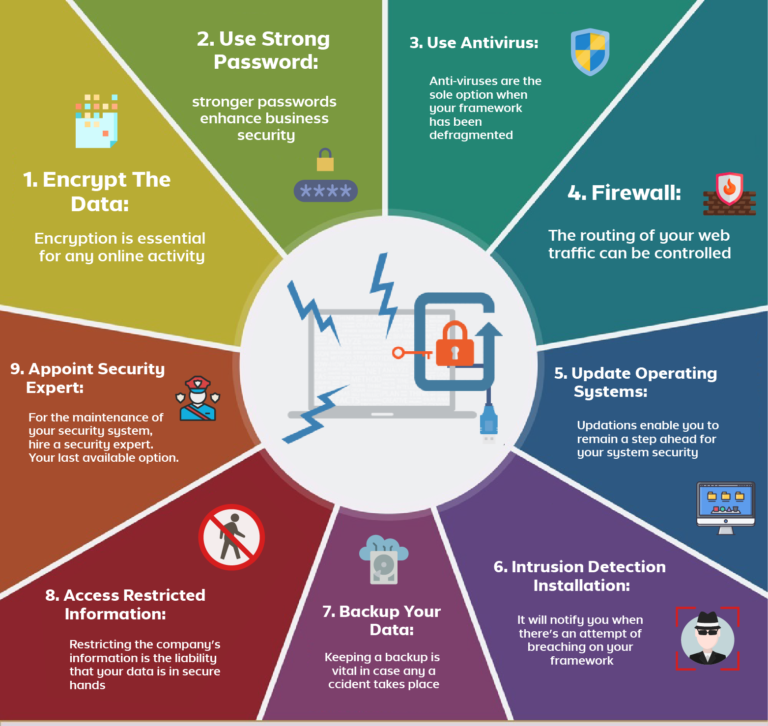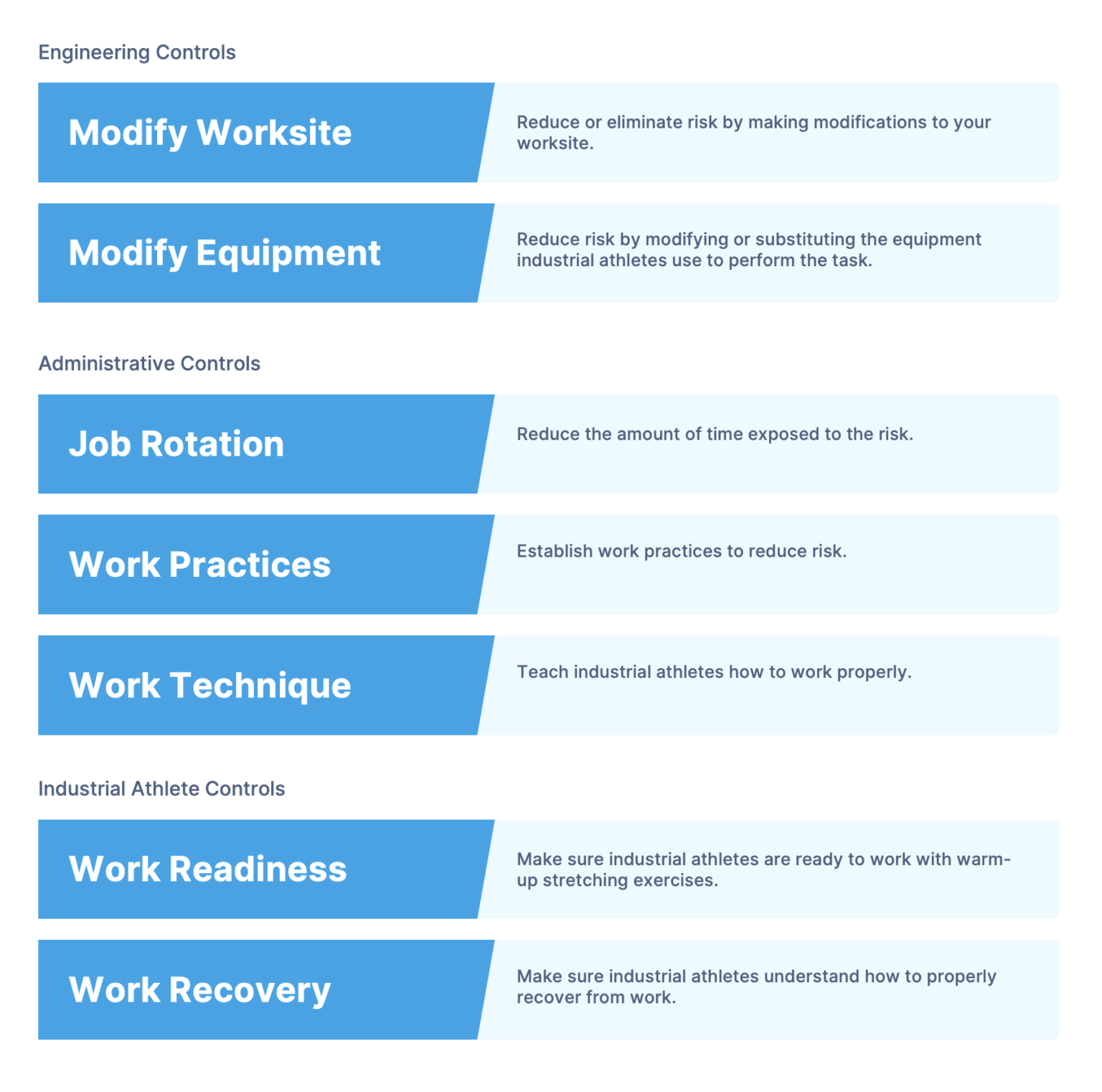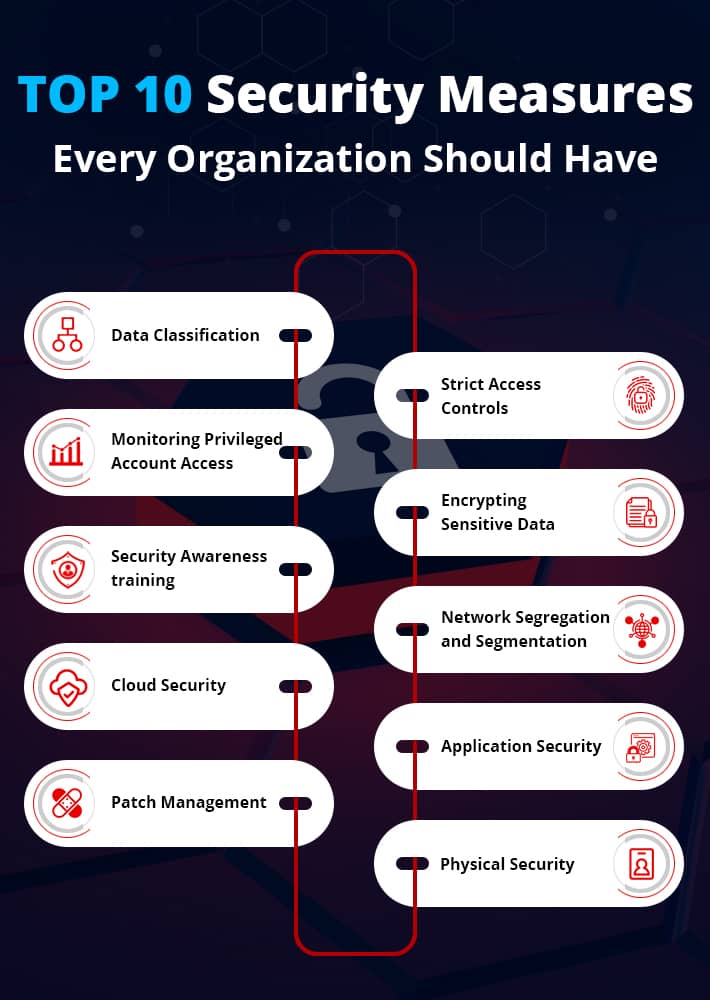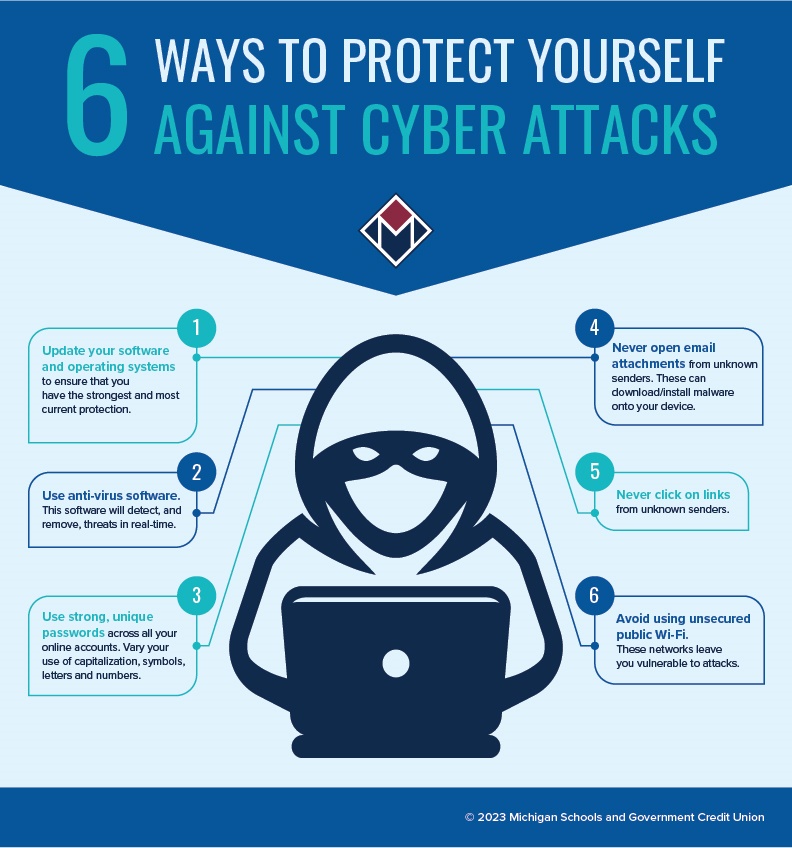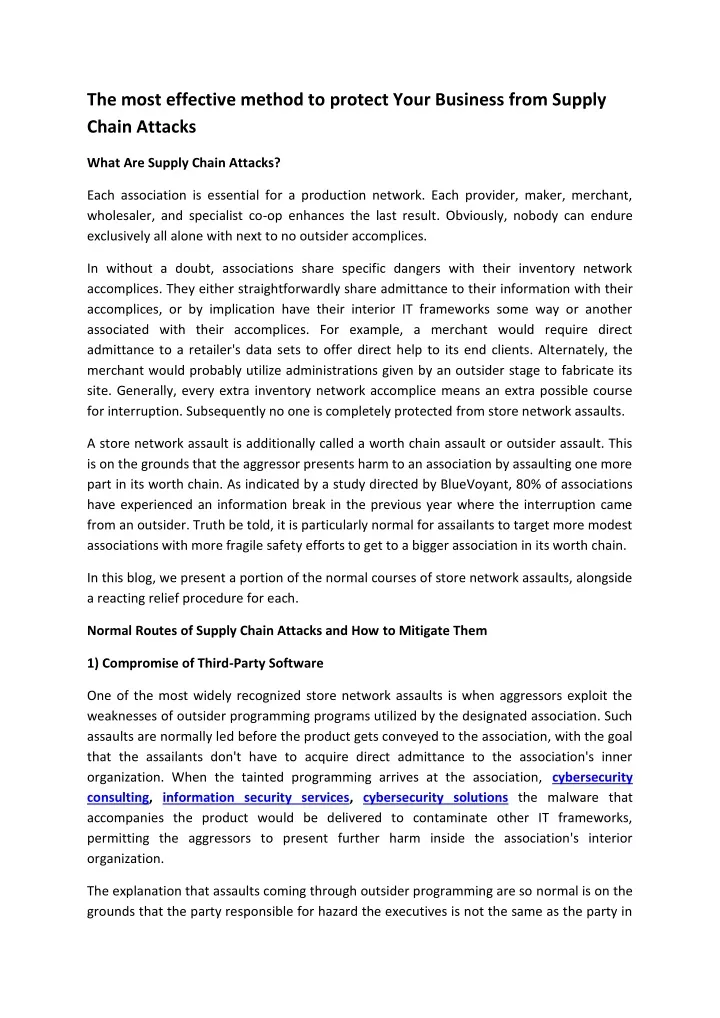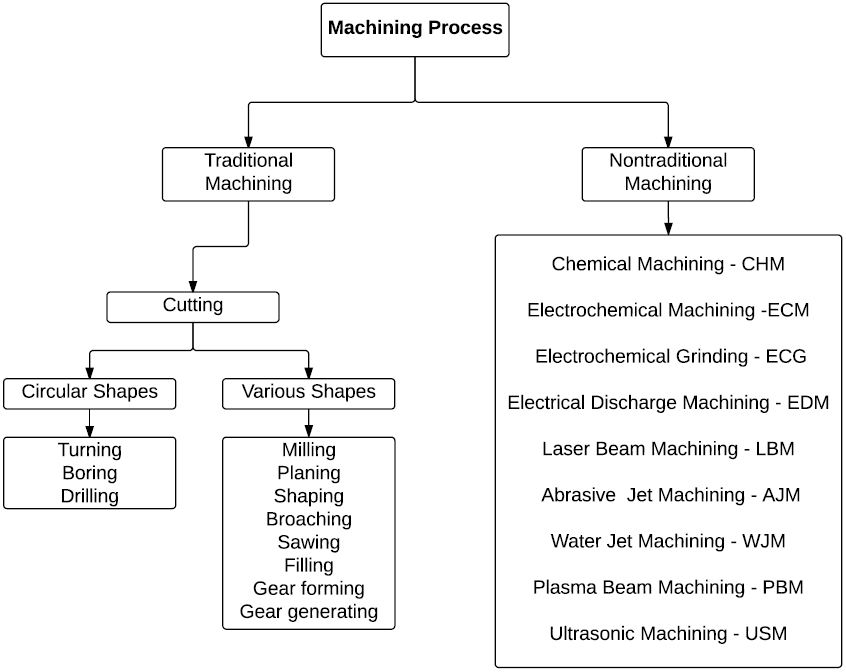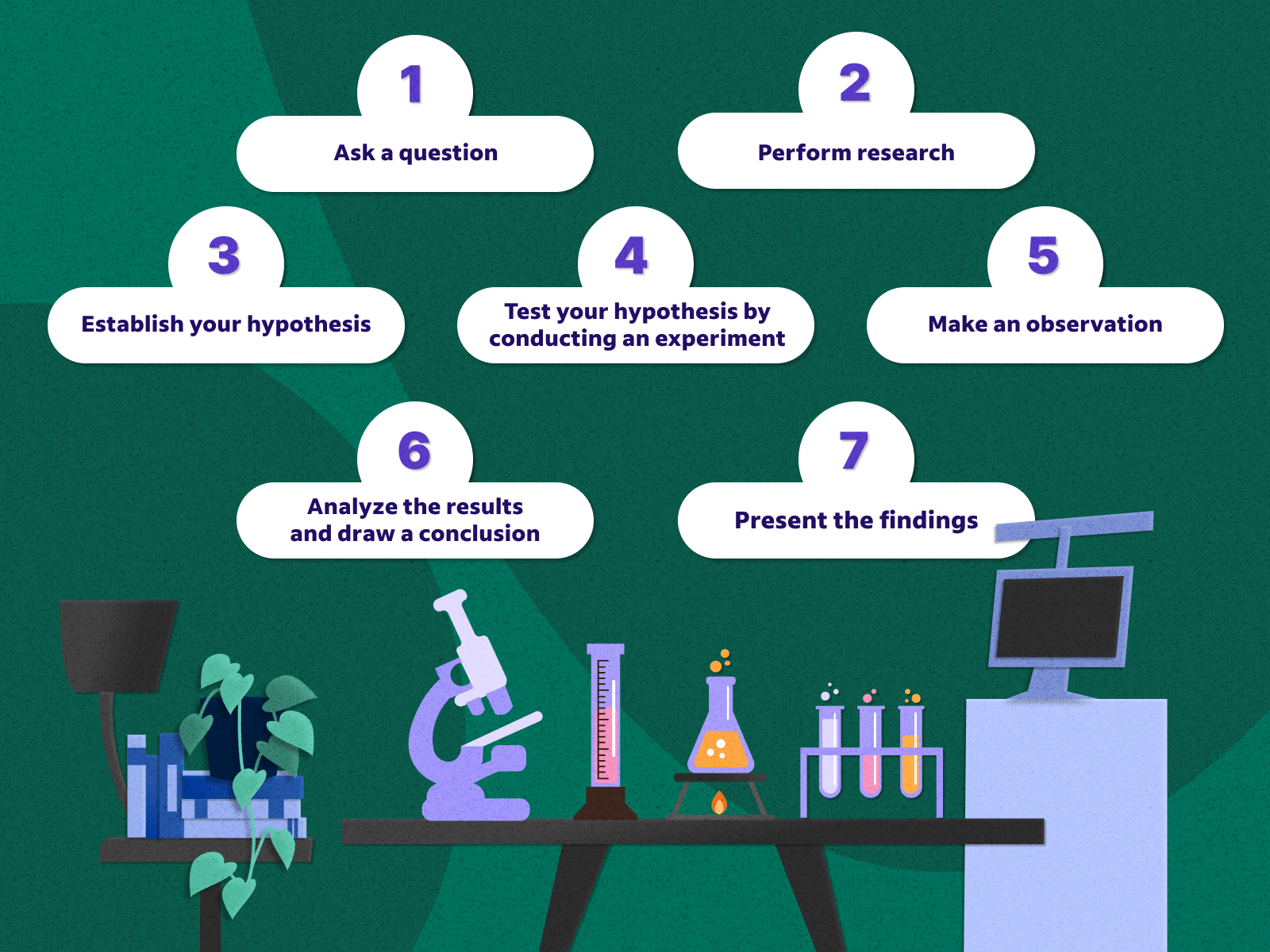Which One Of These Additional Methods Most Effectively Protects Machines

The hum of servers fills the air, a constant drone that underpins our modern world. Data flows like a digital river, powering everything from online shopping to critical infrastructure. But beneath the surface, a silent battle rages: the fight to protect these vital machines from ever-evolving cyber threats. Every blinking light, every spinning hard drive, represents a potential vulnerability, a chink in the armor that malicious actors are constantly probing.
The question of how best to protect these machines is paramount. While firewalls and antivirus software are foundational, the cybersecurity landscape demands additional, layered defenses. This article delves into several supplementary methods, examining their effectiveness in bolstering overall system security and determining which offers the most robust protection against the sophisticated threats of today.
The Evolving Threat Landscape
The cybersecurity arena is in constant flux. Threat actors are becoming increasingly sophisticated, employing advanced techniques to bypass traditional security measures. These include ransomware attacks, supply chain compromises, and zero-day exploits – vulnerabilities that are unknown to the software vendor and therefore have no patch available.
The rise of artificial intelligence (AI) is a double-edged sword. While AI can be used to enhance security, it's also being weaponized by attackers to automate and refine their malicious activities. Therefore, it is crucial to consider methods that are not simply reactive, but that are proactive and adaptable.
Beyond the Basics: Exploring Additional Security Methods
Traditional security measures like firewalls and antivirus are essential, but they are no longer sufficient on their own. Here are several additional methods gaining prominence in the fight against cyber threats, and we will explore their strengths and weaknesses:
Intrusion Detection and Prevention Systems (IDPS)
IDPS act as vigilant sentinels, constantly monitoring network traffic and system activity for suspicious patterns. They can detect and even block malicious activity in real-time, providing an additional layer of defense against intrusions.
IDPS solutions are a complex beast. They require careful configuration and ongoing maintenance to ensure they are effectively identifying and responding to threats. False positives can be a major issue, potentially disrupting legitimate operations. So, the effectiveness relies heavily on the quality of the threat intelligence feeds and the expertise of the security team managing the system.
Endpoint Detection and Response (EDR)
EDR solutions focus on individual endpoints – computers, laptops, and servers – providing deeper visibility into their activity. They can detect and respond to threats that may have bypassed other security measures, offering a crucial last line of defense.
EDR provides valuable forensic information, enabling security teams to understand the scope and impact of an attack. It is an advanced tool, needing skilled security analysts to interpret the data and take appropriate action. According to a report by Gartner, companies using EDR solutions experienced a 30% reduction in dwell time (the time an attacker spends undetected on a network) compared to those without EDR.
Security Information and Event Management (SIEM)
SIEM systems aggregate security data from various sources across the IT infrastructure, providing a centralized view of the security posture. This allows security teams to identify patterns and anomalies that might indicate a breach.
SIEM can be overwhelming, generating a massive volume of data that can be difficult to analyze. Effective implementation requires careful planning, integration with existing security tools, and skilled security analysts who can interpret the data and prioritize alerts. According to IBM, the average cost of a data breach is significantly lower for organizations with mature SIEM deployments.
User and Entity Behavior Analytics (UEBA)
UEBA uses machine learning to establish a baseline of normal user and entity behavior. It then detects deviations from this baseline that might indicate malicious activity, such as compromised accounts or insider threats.
UEBA is particularly effective at identifying insider threats, which can be difficult to detect with traditional security measures. It can also help to identify compromised accounts that are being used for malicious purposes. However, UEBA solutions can be complex to implement and require a significant amount of data to train the machine learning models.
Zero Trust Architecture
The zero trust model operates on the principle of "never trust, always verify." Every user, device, and application must be authenticated and authorized before being granted access to any resource, regardless of their location on the network. This minimizes the impact of a breach by limiting the attacker's lateral movement.
Zero Trust is not a single product or technology, but rather a security framework that requires a holistic approach. Implementing Zero Trust can be complex and time-consuming, requiring significant changes to IT infrastructure and security policies. According to a report by the National Institute of Standards and Technology (NIST), Zero Trust can significantly reduce the attack surface and improve overall security posture.
Determining the Most Effective Method
Choosing the most effective method depends on several factors, including the organization's size, industry, risk profile, and budget. There is no one-size-fits-all solution. A layered approach, combining several of these methods, is generally recommended.
However, considering the proactive nature, and the ability to limit lateral movement, the Zero Trust architecture arguably provides the most robust protection. While implementation can be complex, the benefits of minimizing the attack surface and limiting the impact of breaches are significant.
EDR and UEBA are valuable for detecting and responding to threats that have bypassed other security measures, providing deeper visibility into endpoint activity and user behavior. SIEM can also add immense value when implemented in a mature environment, offering overall visibility.
The Human Element
No security method is foolproof without a strong human element. Employee training and awareness programs are crucial to educate users about phishing scams, social engineering attacks, and other common threats. A well-trained workforce can act as a human firewall, preventing many attacks from ever reaching the technical defenses.
Security is not just a technical issue; it's a human one. A culture of security awareness, where employees are encouraged to report suspicious activity and follow security best practices, is essential for protecting machines and data.
Looking Ahead
The cybersecurity landscape will continue to evolve, and new threats will emerge. Organizations must stay vigilant, continuously adapting their security measures to stay ahead of the curve. Investing in advanced technologies, like AI-powered security solutions, and fostering a culture of security awareness are essential for protecting machines and data in the years to come.
The fight to protect our machines is an ongoing one, a constant evolution. By embracing a layered approach, investing in advanced technologies, and empowering the human element, we can create a more secure digital world for all.
![Which One Of These Additional Methods Most Effectively Protects Machines Types of corrosion protection techniques [5–7] | Download Scientific](https://www.researchgate.net/publication/365156745/figure/fig3/AS:11431281095021026@1667704871317/Types-of-corrosion-protection-techniques-5-7.png)


